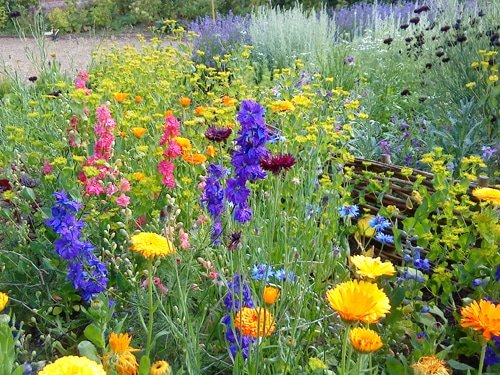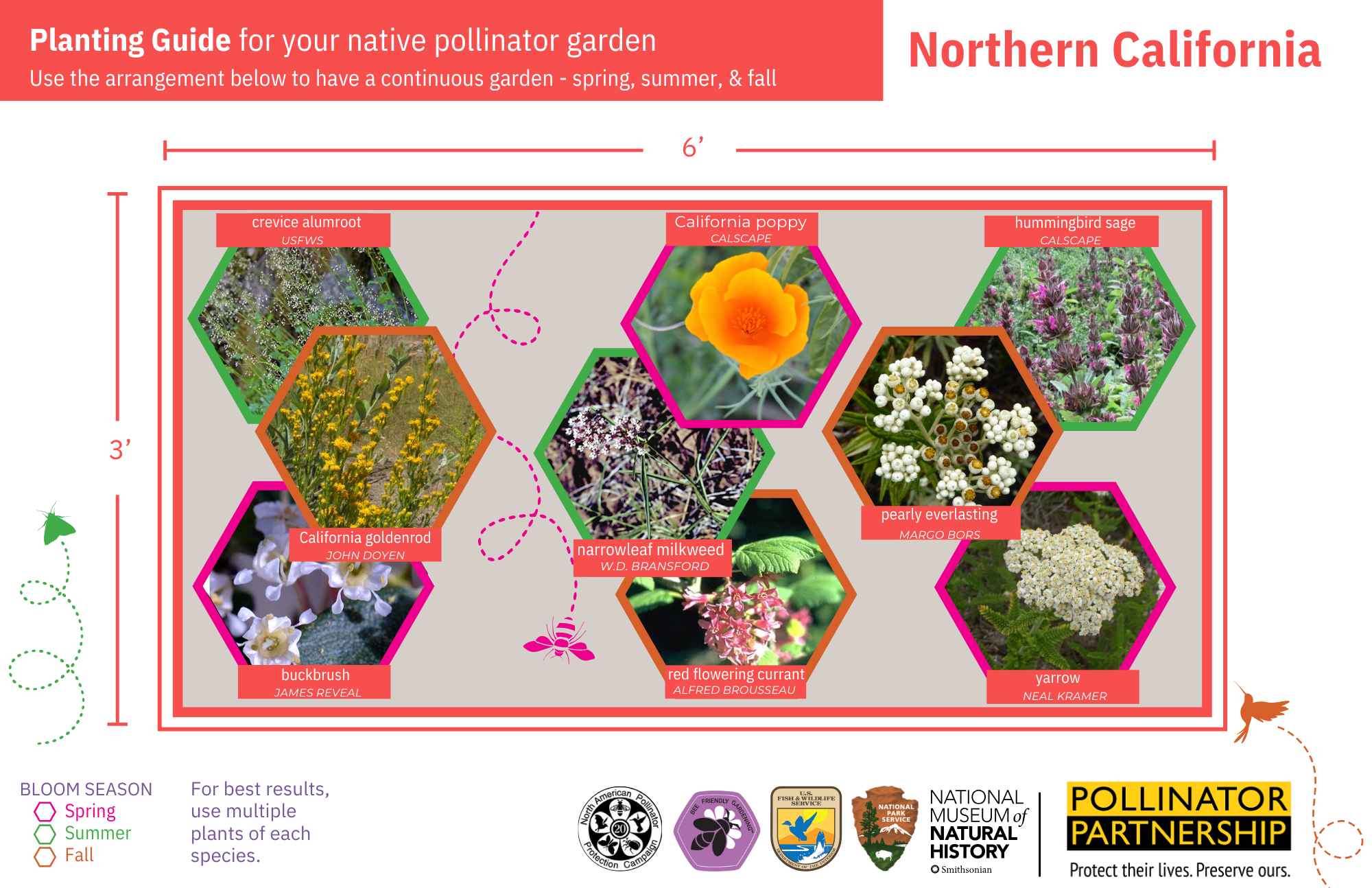Are you passionate about supporting local ecosystems and creating a vibrant, sustainable garden? Developing a pollinator friendly garden tips isn’t just about planting pretty flowers; it’s about cultivating a thriving habitat that attracts and sustains vital pollinators like bees, butterflies, and other beneficial insects. Whether you have a sprawling backyard or a compact balcony, embracing eco-friendly horticulture practices can turn your space into a buzzing sanctuary teeming with life and color.
In this comprehensive guide, we’ll explore diverse strategies—from designing a captivating butterfly garden to selecting the best native plants and incorporating eco-gardening tips—that will help you establish a resilient environment supporting pollinators year-round. Get ready to transform your garden into a lively, beneficial oasis that fosters biodiversity and ecological balance.
Creating a Pollinator-Friendly Garden: Essential Tips for Success

Establishing a pollinator friendly garden tips journey begins with understanding the needs of the insects and wildlife you aim to attract. The cornerstone involves curating a variety of nectar-rich flowers, providing shelter, and ensuring a pesticide-free habitat that encourages natural behaviors. One creative insight is to integrate layers of plant heights, from ground covers to taller flowering shrubs, mimicking natural ecosystems and offering diverse resources for various pollinator species.
Personal analysis suggests that mixing native plants with ornamental varieties can create a dynamic and resilient landscape. Native plants for wildlife are adapted to the local climate and soil conditions, often requiring less maintenance and water, making them ideal for sustainable gardening. Additionally, incorporating features like bee hotels, shallow water sources, and sheltered nooks supports the entire pollinator community—bees, butterflies, beetles, and hummingbirds alike—while also encouraging a self-sustaining, eco-friendly environment.
Attracting Butterflies: A Step-by-Step Guide to Designing Your Butterfly Garden

Designing a create butterfly garden requires strategic planning aimed at offering continuous bloom times, host plants for caterpillars, and comfortable resting spots. First, identify native flowering plants that entice butterflies—plants like milkweed, coneflowers, and asters serve as both nectar sources and caterpillar hosts. Position your garden in a warm, sunny spot, as butterflies are sun-loving creatures and thrive in bright environments.
Second, incorporate layered plantings to provide shade, water, and sheltered areas—spaces where butterflies can rest and bask. Personal insights reveal that avoiding pesticides is crucial; chemicals destroy not only adult butterflies but also their larvae. Furthermore, creating mud stations or shallow water baths with floating corks can provide essential hydration and nutrients. By thoughtfully designing with these pollinator friendly garden tips in mind, you’ll craft a lush haven that continually supports butterfly life cycles and adds a flutter of color to your outdoor space.
Bee-Friendly Plants: Selecting the Best Blooms for a Thriving Bee Population

To support a vibrant bee population, selecting bee friendly plants is vital. Bees are attracted to a diversity of flowers that bloom at different times, offering a continuous nectar source from early spring to late fall. Incorporate plants such as lavender, sunflowers, bee balm, and goldenrod, which are not only beautiful but also rich in pollen—a critical protein source for bees.
From a personal perspective, cultivating a variety of native plants enhances resilience, as these species are best suited to local conditions and have evolved alongside native pollinators. Additionally, choosing plants with multiple flowering heads or densely packed blooms encourages efficient foraging and provides ample nourishment. A pollinator friendly garden tips approach involves creating a patchwork of blooms that blooms in sequence, ensuring bees always have a food source, thus promoting healthy colonies and helping counteract declines in pollinator populations.
Balcony Gardens for Pollinators: Designing a Small Space Sanctuary
Even with limited space, you can establish an inviting balcony garden for pollinators by maximizing vertical and container planting strategies. Select compact, pollinator-friendly plants such as dianthus, marigolds, and mini-roses that thrive in pots and hanging baskets, ensuring nectar and pollen availability. Position your containers at different heights and sun exposures to mimic a layered environment that attracts various pollinators.
Creating a mini sanctuary involves more than just planting; personal insights highlight the importance of integrating small water features, such as shallow dishes with pebbles for insects to land on, and planting sheltering shrubs or tall grasses around the perimeter. Using eco-gardening tips, avoid chemical use and opt for organic fertilizers to keep your small urban habitat safe and inviting for pollinators, demonstrating that even balcony spaces can contribute significantly toward supporting local wildlife and fostering biodiversity.
Native Plants for Wildlife: Supporting Local Ecosystems in Your Garden
Planting native plants for wildlife is a cornerstone strategy for fostering resilient ecosystems. Native species are tailored to thrive in your specific climate and soil, reducing the need for additional water, fertilizers, and pesticides. These plants not only provide essential food sources like nectar and seeds but also habitat and shelter for a diverse range of creatures—from insects and birds to small mammals.
Understanding the interconnected nature of local ecosystems highlights the importance of incorporating a diverse palette of native perennials, shrubs, and trees. For example, oak trees support hundreds of insect species, while wildflowers like goldenrod and echinacea provide vital pollen sources. Personal analysis reiterates that maintaining native plant diversity helps balance predator-prey relationships and stabilizes pollinator populations, making your garden a vital part of the broader habitat that sustains local wildlife.
Eco-Gardening Practices: Sustainable Tips for a Healthy Pollinator Habitat
Adopting eco gardening tips is essential for creating a sustainable, balanced environment for pollinators. Practices such as composting, mulching, and rainwater harvesting reduce resource use and keep your garden chemical-free. Select organic methods for pest control, favoring natural predators and beneficial insects over toxic sprays, which can decimate pollinator populations.
Another insightful tip is to design your garden with connectivity in mind—planting hedgerows or native flower corridors that link different habitat patches. These corridors support movement and genetic diversity among pollinators. Personal analysis emphasizes that small everyday actions—such as avoiding lawn pesticides and planting a variety of native, bloom-rich plants—cumulate into significant positive impacts. Sustainable gardening not only benefits pollinators but also enhances soil health, reduces water usage, and creates a resilient, eco-friendly space that supports biodiversity and ecological harmony.
Conclusion
In conclusion, creating a pollinator friendly garden tips encompasses a multifaceted approach—from selecting native plants and designing attractive butterfly habitats to supporting bees with the right blooms, cultivating balcony sanctuaries, and practicing sustainable gardening techniques. These efforts not only revitalize your outdoor space visually and ecologically but also contribute significantly to supporting declining pollinator populations that are essential for global biodiversity and food security. By implementing these strategies, you transform your garden into a lively, productive ecosystem—a testament to the profound impact each gardener can have in fostering a healthier, more resilient environment.






